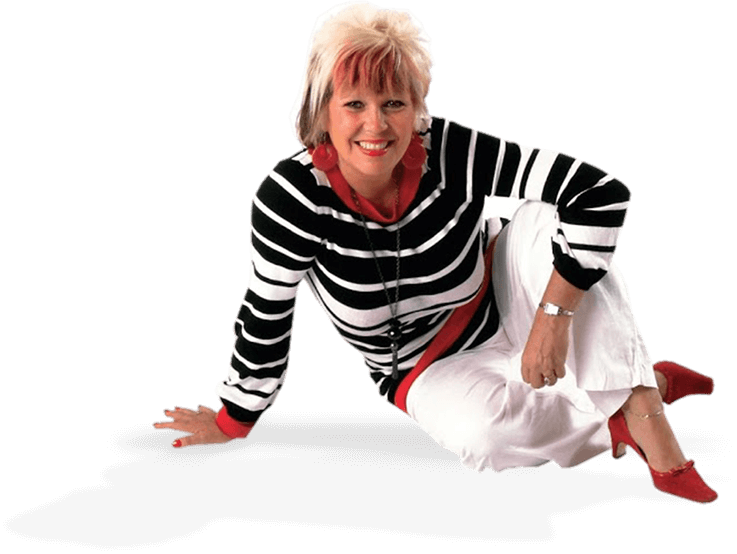


Like it? Share it!
We’ve just come back after spending time exploring, learning and seeing where Nelson Mandela spent 27 years in a cell on Robben island just off the coast of Cape Town and I was pleased to discover that Nelson shares the same birthday as myself 18th July!!
It made me ponder tolerance
I’m also reading Barack Obama’s autobiography at the moment and as a former teacher it’s got me thinking about prejudice, discrimination and tolerance.
I think kids are born with wide-eyed curiosity and an instinctive sense of justice. While they certainly notice differences among people, they don’t typically attach stereotypes to what they see when they are very young.
Most experts agree that whilst children are curious and fascinated about differences, they learn prejudice from others.
So where do they learn to judge, criticise and learn prejudice first I wonder?
• Just for this week notice how you talk about others.
• What language do you use?
• What words do you use and in what tone of voice?
• What beliefs and values are you passing on to your kids?
• How do you explain people’s different customs, hairstyles or clothing to your kids
• If you were a detached observer what messages are your kids picking up consciously and unconsciously from you?
As parents, we can have a profound influence over how our kids react to a variety of cultures, ethnicities or disabilities as we are their primary role models, whether we like it or not.
Patty Wipfler, founding director of Hand in Hand, a non-profit parent leadership institute thinks “Usually right underneath intolerance is a little vulnerable area where kids are frightened or scared or misinformed.”
Teaching tolerance is certainly an ongoing process so here are some more ideas to get you pondering!
Reflecting On Your Own Childhood
In order to really understand where intolerance comes from how about reflecting on your own childhood, recalling situations where you witnessed or experienced racism, intolerance, bullying or learnt to judge others. Just ask yourself:
• What values did you learn from your mum, dad or grandma or other people of influence in your life? Do these views reflect who you are today and are they what you want to pass onto your children?
Encouraging Curiosity
Teaching your children from an early age to ask questions rather than judge when they see something that looks different is a great way to encourage curiosity and trying to answer their questions with facts, rather than judgments of your own is also a great way to help them embrace diversity.
So when they ask “Why does that man have that funny hat on his head?” “Why can’t Yasmin eat pork chops?” “Why doesn’t Aaron celebrate Christmas?
Explain.
What makes the difference is how you handle it and if you don’t know Google it!
Teach your children from an early age to ask questions rather than judge when they see something that looks different.
Face Differences Honestly
If we tell our children that everyone is the same, they will quickly start to question us. Instead, be honest with your kids about the differences that exist between people and groups. Physical differences, such as skin colour, are just one difference. Also talk to your kids about how people celebrate different holidays, religions, and other traditions.
Exposure to Variety
Children won’t be comfortable with difference if they never experience it. Expose your kids to food, languages, and cultural festivals from cultures around the world. When possible, enrol them in a school or other activities that include a mix of children from various races, religions, and socioeconomic backgrounds.
Address Prejudicial Language
If you hear your child make a prejudicial remark about someone else, gently address it right away.
Read Diverse Materials
Fortunately there really is a wealth of children’s literature that addresses multicultural and tolerance themes. For the youngest set, try Whoever You Are by Mem Fox, The Cow That Went OINK by Bernard Most, or The Sneetches and Other Stories by Dr. Seuss. Catching the Moon: The Story of a Young Girl’s Baseball Dream by Crystal Hubbard or William’s Doll by Charlotte Zolotow are good choices for slightly older kids. Use these books as teaching opportunities, discussing the characters, art, and other customs that are presented.
Ultimately, overcoming prejudice requires that we experience our surroundings with an open mind, compassion, and an extended hand. As the new president remarked in his Inaugural speech it’ s about extending an open hand not a clenched fist. Your kids will look to you for guidance.
Above the entrance to RobbenIsland stands a plaque that struck a real cord with me which says:
“While we will not forget the brutality of apartheid, we will not want RobbenIsland to be a monument of our hardship and suffering.
We would want it to be a triumph of the human spirit against the forces of evil.
“A triumph of wisdom and largeness of spirit against small minds and pettiness;
a triumph of courage and determination over human frailty and weakness;
a triumph of the new South Africa over the old.”
How do you teach your children about tolerance?
Discussing every possible aspect of parenting, giving you advice and support on topics which affect your daily life. Each free, weekly episode is bursting with practical tips, techniques and ideas.
I will teach you my no-nonsense, simple techniques & give you hundreds of my expert parenting articles, videos & podcasts so you can get back to the business of having fun with your family!



